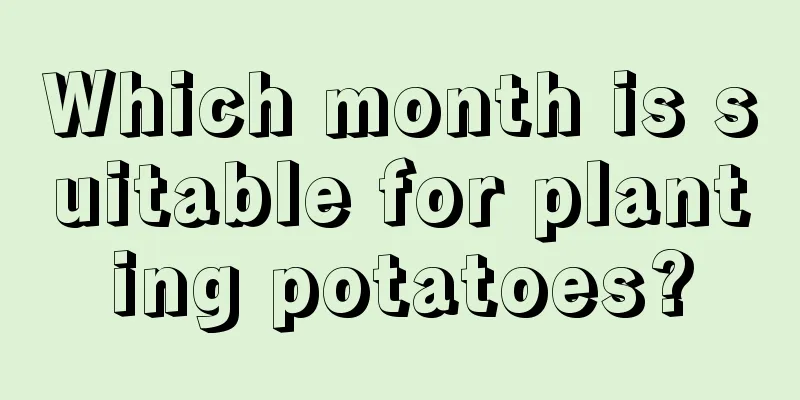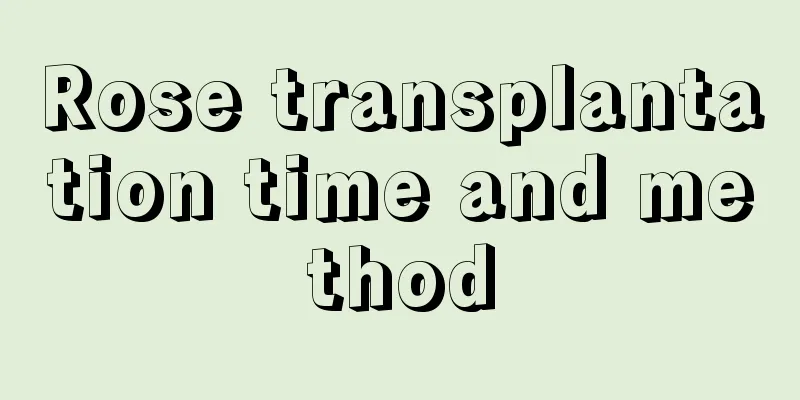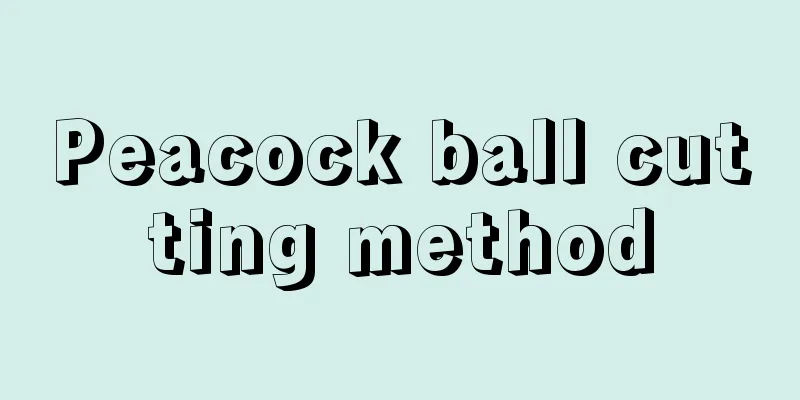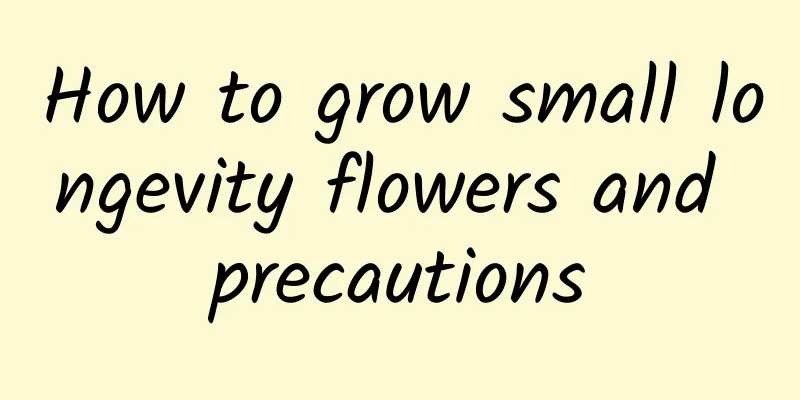Which month is suitable for planting potatoes?

|
The ideal temperature range for growing potatoes is 15 to 25 degrees Celsius. If there is a late spring cold snap, it may cause severe frost damage and reduced yields. In my country, areas such as Shandong, Hebei, Henan, Shaanxi and Shanxi usually grow two potato crops a year, with spring sowing in late February to early March and autumn sowing in August. In the Northeast, a single season of planting is carried out between April and May. In Jiangsu, Zhejiang and areas south of the Yangtze River, due to the warmer climate, two planting seasons can be achieved in a year, spring in February and autumn in September. Let’s take a look at which month is suitable for planting potatoes? Which month is suitable for planting potatoes? In northwestern regions such as Northeast China, Gansu, and Qinghai, potato planting is mainly concentrated in spring (mid-to-late April to early May) and autumn harvest. These areas usually can only grow one crop of potatoes each year and are called single-season cropping areas in the north and northwest. Provinces such as Shandong, Hebei, Henan, Shanxi, Jiangsu, Hunan and Hubei can grow two potato crops a year. In the Central Plains regions such as Shandong and Hebei, spring potatoes are planted in February and March and harvested in June and July; autumn potatoes are planted in August and harvested in late October to early November. In central and southern regions such as Jiangsu and Zhejiang, spring potatoes are planted in January and February and harvested in May and June; autumn potatoes are planted in September and harvested in December. These areas are known as the double-cropping areas of the Central Plains and Central South. Guangdong, Guangxi, Hainan, Yunnan, Guizhou and other places can use the idle time after the autumn harvest to plant a season of potatoes. The sowing time is usually from mid-to-late October to November, and the harvest period is from February to March of the following year. Since the growing season is mainly in winter, these areas are called southern winter cropping areas. Signs of potato maturity include large parts of the plant turning yellow and beginning to wilt, the runners separating from the tubers, the formation of a thick corky layer on the surface of the tubers, and the tubers no longer gaining weight. When grown as a vegetable in the suburbs of the city, it can be harvested in batches according to market demand and quality requirements, and can be harvested when the tubers reach more than 75 grams. Tubers for planting should be harvested about a week before maturity to reduce the impact of adverse weather later in the season. Before harvesting, choose sunny weather, cut the stems and leaves first and clean up the residues in the field to prevent the spread of pathogens. Harvesting should be done with care to avoid damaging the tubers and to avoid exposure to strong sunlight to prevent bud aging and the production of solanine toxins, which would affect quality. Potato harvest precautions In order to ensure a smooth harvest, the seedlings need to be processed before harvesting. In dry plots, the seedlings should be cut one day before harvest, while in humid or heavy soil plots, it should be done 2 to 3 days before harvest to allow the moisture in the soil to evaporate and facilitate harvesting. During the harvesting process, potatoes should be kept away from direct exposure to sunlight, as excessive sunlight will cause the tubers to turn green, produce toxic solanine, and become prone to rot. Therefore, harvesting should be done during a time of day when the temperature is lower and the sunlight is not strong. Potatoes that cannot be packaged or transported on the same day should also be avoided from direct sunlight and can be temporarily stored in a cool place. To reduce damage during harvest, it is recommended to stop irrigation 15 days before harvest to promote potato skin aging. Workers involved in the harvest should keep their fingernails short and wear gloves to reduce damage to the tubers. During mechanical harvesting, space should be reserved at both ends of the field to allow the harvester to turn and prevent mechanical damage to the tubers. Generally speaking, what we usually call potatoes are potatoes, which are widely planted in our country and have a large yield, and the planting time varies depending on the region.
|
<<: How to care for a well-growing tiger skin plant? Is tiger skin plant easy to grow?
>>: Can lotus be grown from lotus seeds? How to grow lotus from lotus seeds?
Recommend
How to propagate Dendrobium
1. Sowing seeds Select the capsule from it, and t...
How long is the growth cycle of Artemisia selengensis?
Introduction to the growth of chrysanthemum Chrys...
How to deal with yellowing leaves of Mo Lan
Reason 1 Overwatering Be careful when watering Mo...
Cultivation methods and precautions of Clivia in winter
Winter is the critical growth period for Clivia. ...
What should I do if the night succulent grows too tall?
What does the long growth of the succulent plant ...
How to fertilize yew
Fertilization method In spring, apply nitrogen, p...
Why are the leaves of Monstera small? How to solve it?
1. Lack of sunlight Reason: Although Monstera is ...
Snowdrop cultivation methods and precautions
How to grow snowdrops Light and temperature Snowd...
Is mirror grass poisonous? Can it be grown at home?
Is mirror grass poisonous? The editor first tells...
Cultivation methods and precautions of purple cicada flower
Cultivation methods and precautions of purple cic...
Ginger planting time and method
Ginger planting time For ginger, the most suitabl...
How to grow fern
Loosening the soil and weeding the pod fern After...
How to appreciate bonsai, learn these points and you can become an expert
1. Cliff Style As the name suggests, it expresses...
Does Oxalis prefer shade or sun?
Does Oxalis prefer shade or sun? Oxalis is relati...
Medicinal herbs suitable for planting in the north (what medicinal herbs are the most profitable to plant in the north)
Medicinal material project: Saposhnikovia divaric...









